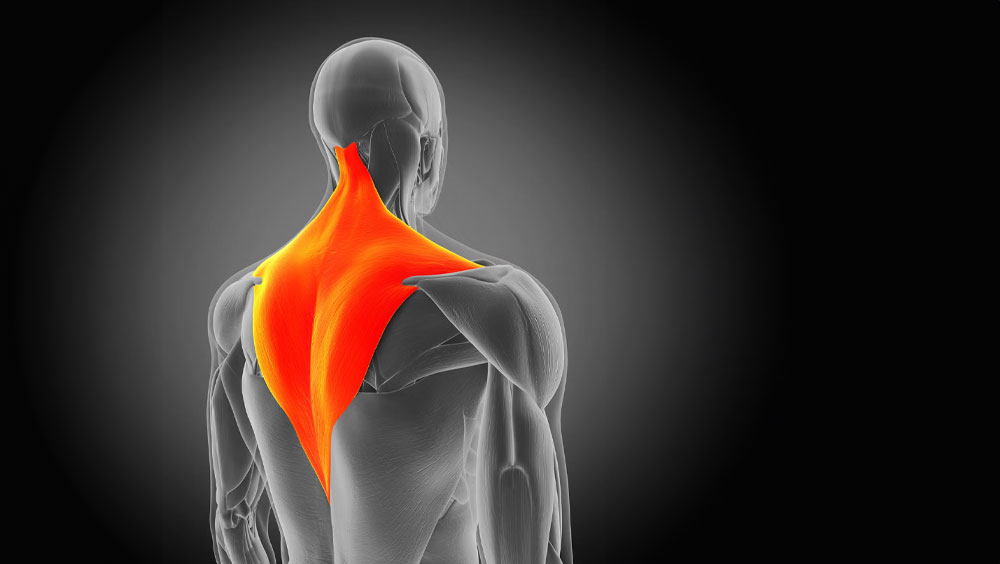Trapezius muscle pain can disrupt your daily life with discomfort that spans your upper back, neck, and shoulder area. Whether you're spending long hours at a desk or dealing with physical strain, the tightness and pain can be frustrating. Thankfully, there are effective solutions available. In this article, we’ll explore practical approaches to manage trapezius muscle pain, including stretching techniques, treatment options such as Botox, and long-term prevention strategies.
Understanding Trapezius Muscle Pain
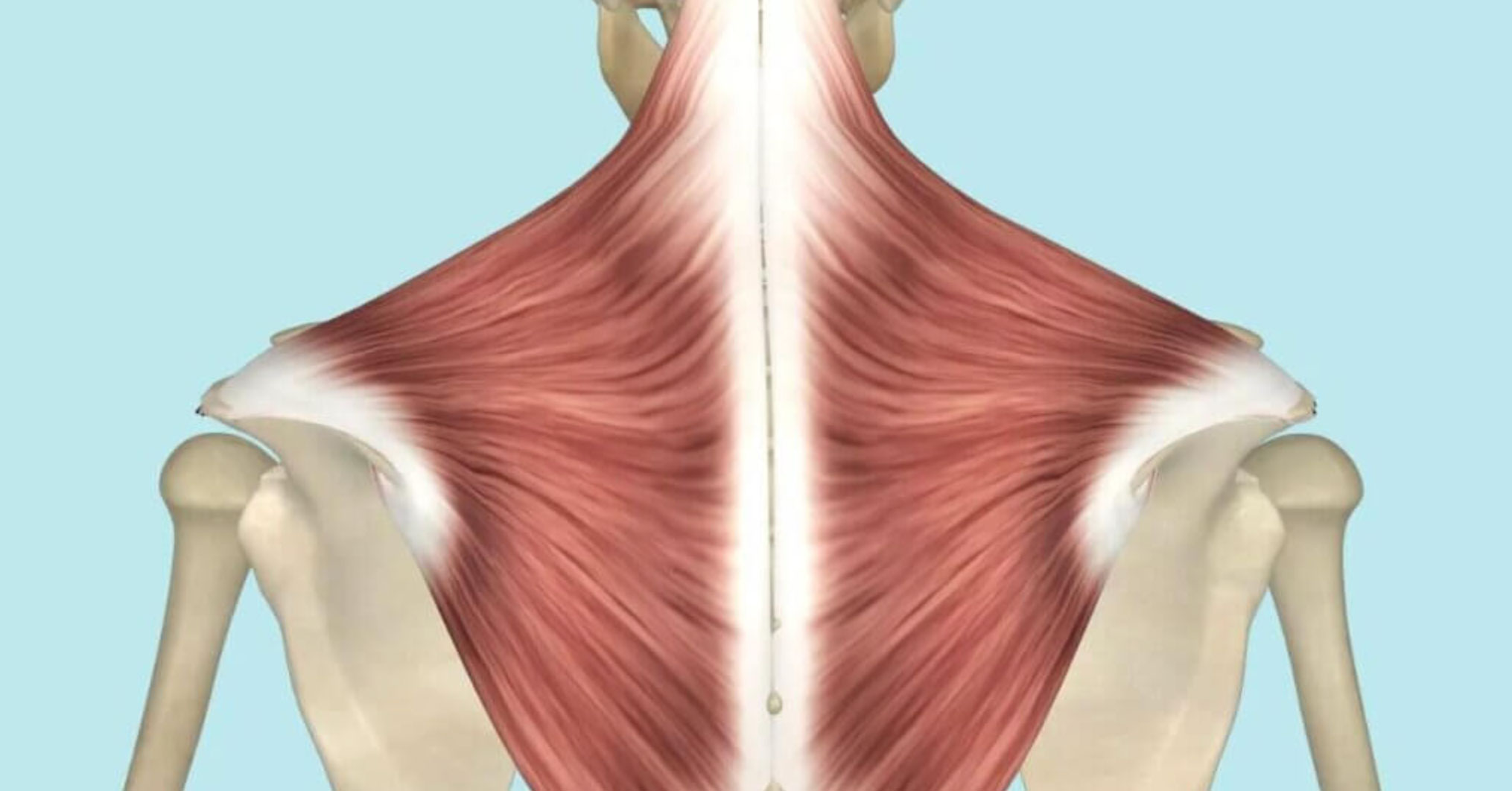
The trapezius muscle spans across the upper back and shoulders, playing a crucial role in head, neck, and shoulder movement. Trapezius muscle pain often presents as a dull ache, stiffness, or tightness, particularly in the upper trapezius muscle. Causes include poor posture, overuse, stress-induced tension, and even muscle strain. Identifying the root cause is the first step toward effective treatment and pain relief.
Common Symptoms of a Tight Trapezius Muscle
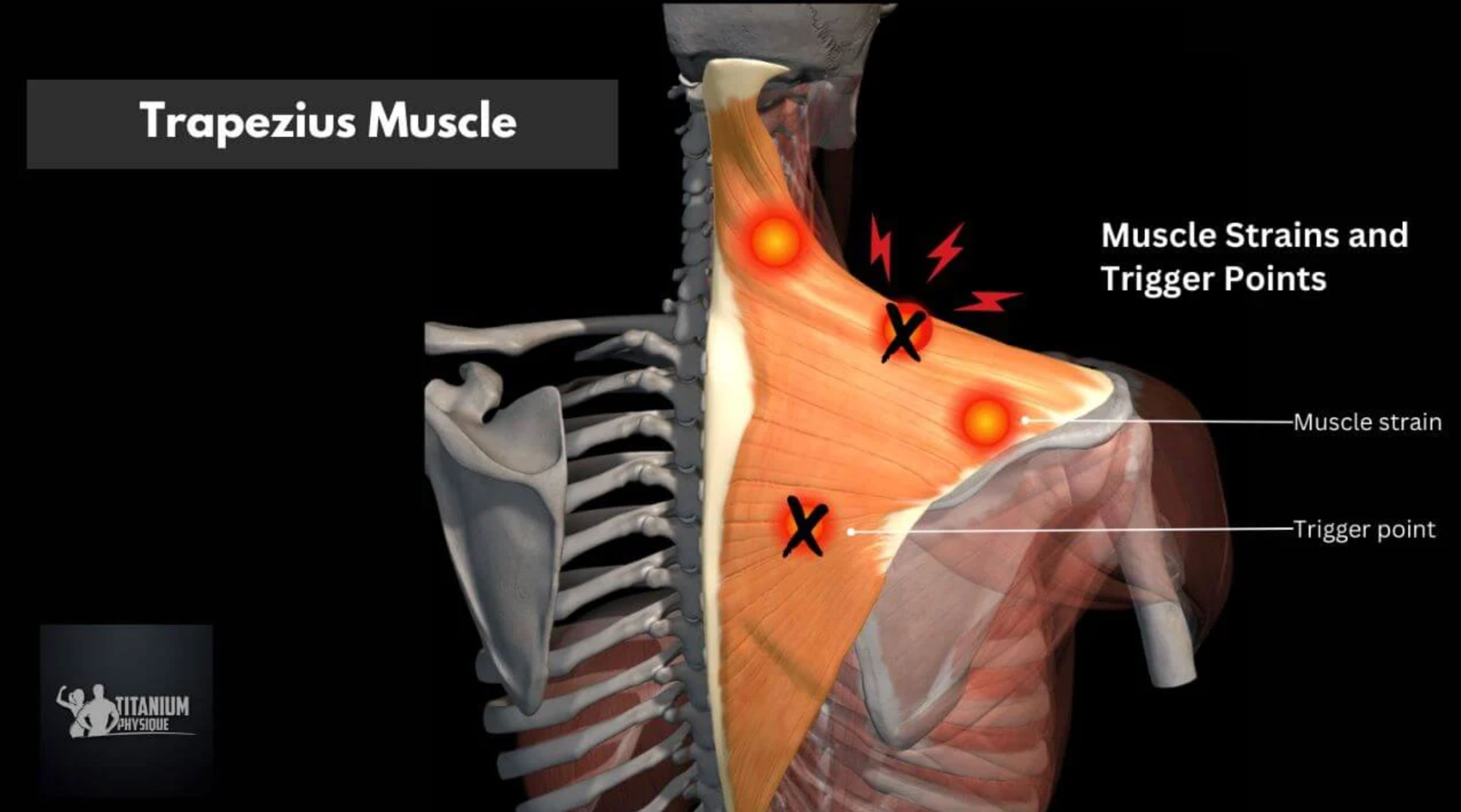
A tight trapezius muscle may lead to various physical symptoms, including neck stiffness, shoulder discomfort, headaches, and reduced mobility in the upper body. People often feel a persistent tension in the upper trapezius region, making it difficult to fully relax. These symptoms can be exacerbated by poor ergonomics, heavy lifting, or emotional stress, making proper care essential.
How to Stretch the Trapezius Muscle Safely
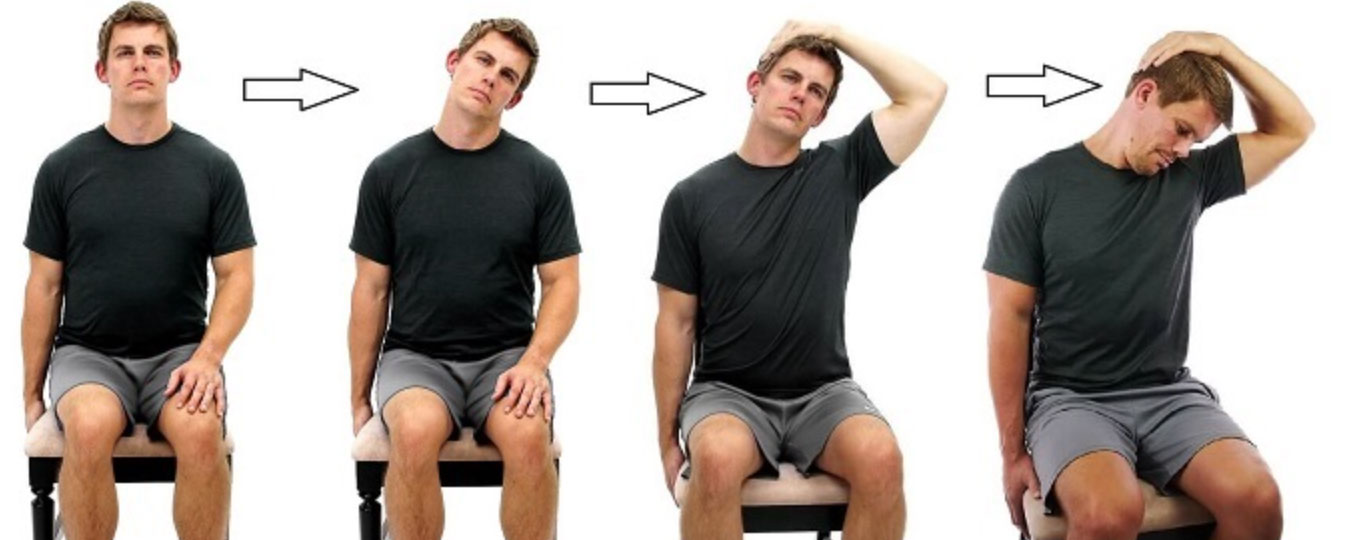
Learning how to stretch the trapezius muscle is essential for reducing pain and improving flexibility. Simple stretches such as the neck side bend, shoulder rolls, and cross-body arm stretches can help reduce tension. Try holding each stretch for 15–30 seconds and repeat several times daily. Consistency is key—adding stretches to your daily routine can drastically reduce upper trapezius muscle pain over time.
Massage Therapy and Manual Techniques
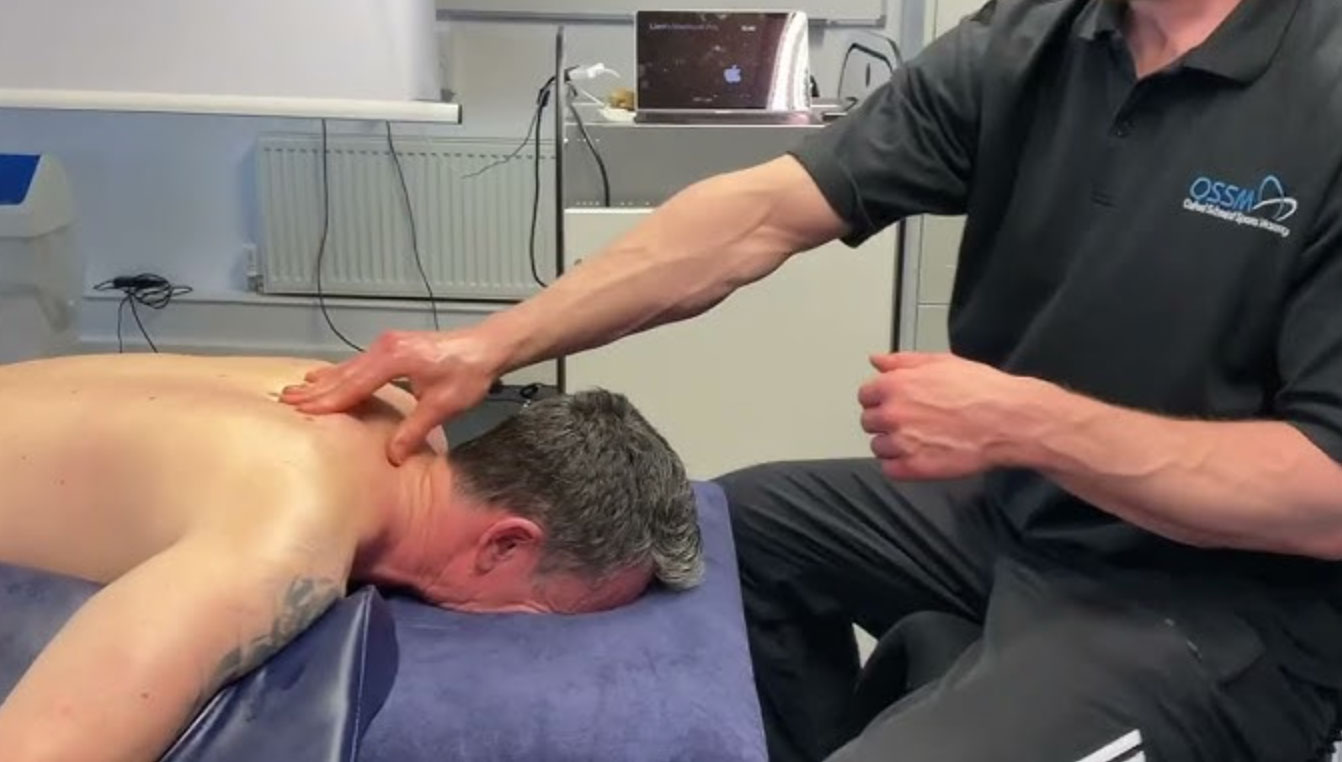
Massage therapy is a highly effective way to reduce trapezius muscle pain and increase blood flow. Trigger point therapy, deep tissue massage, and myofascial release are all beneficial for relieving a tight trapezius muscle. You can also use self-massage tools like foam rollers or massage balls at home to target sore spots and relieve tension.
Posture Correction and Ergonomic Adjustments
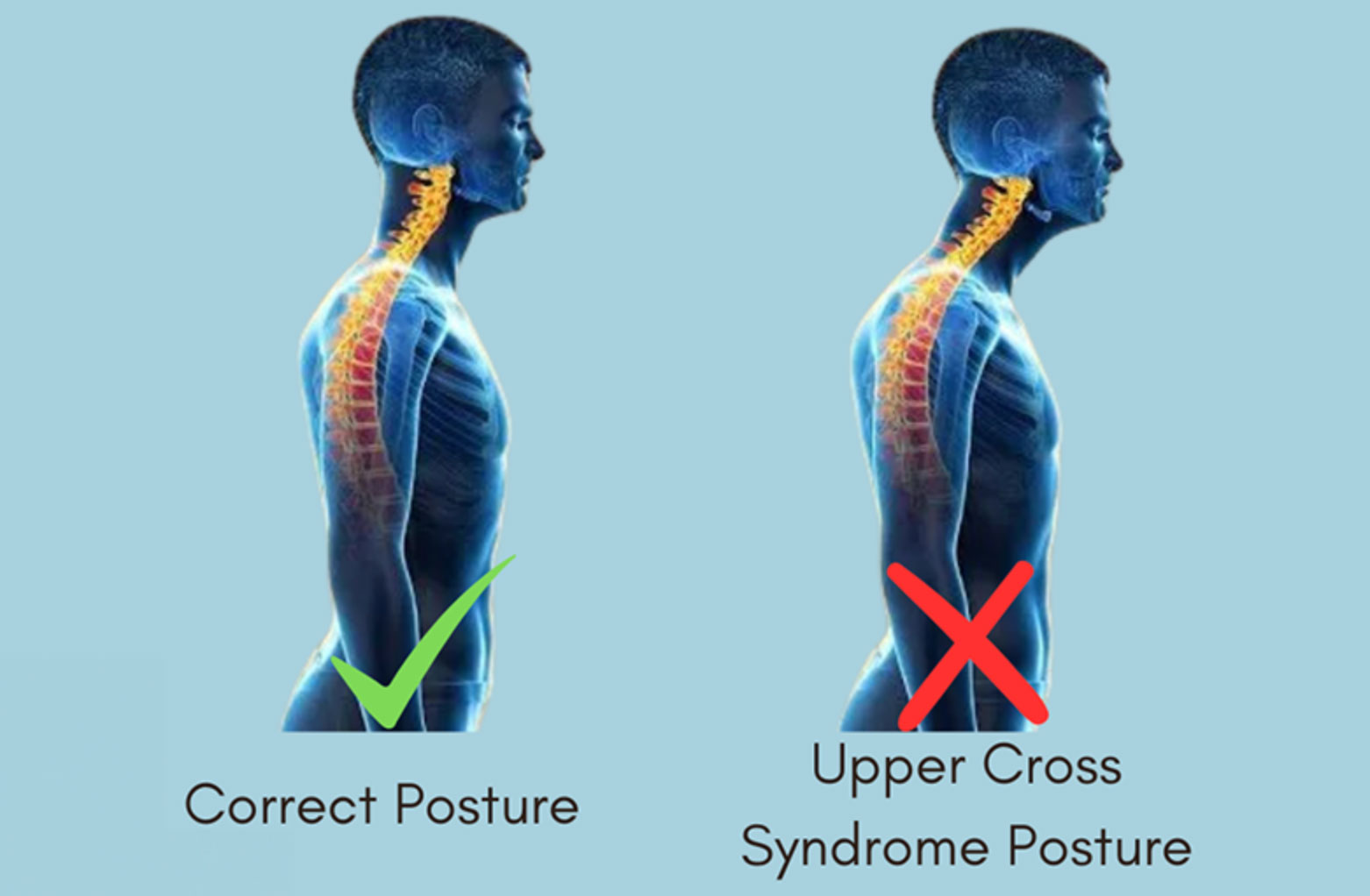
Poor posture is a leading cause of upper trapezius muscle pain. Slouching at a desk or sitting with rounded shoulders puts excessive strain on the muscle. Making ergonomic adjustments—like raising your computer screen to eye level and using a supportive chair—can significantly reduce stress on the trapezius. Regular posture checks and strengthening exercises for your back and core will help maintain healthy alignment.
Exploring Botox for Trapezius Muscle Pain

In cases of chronic or severe pain, Botox injections may be a helpful treatment option. Botox for trapezius muscle pain works by relaxing the overactive muscle fibers, thereby alleviating tension and reducing discomfort. Administered by medical professionals, Botox injections typically provide relief for several months. It's a viable solution for those who’ve had limited success with conservative methods.
Exercise and Strengthening for Long-Term Relief

Strengthening exercises can support the trapezius and surrounding muscles to prevent future pain. Focus on bodyweight exercises like shoulder shrugs, scapular retraction, and resistance band rows. Integrating these practices into your fitness routine will promote muscle balance, reduce strain, and minimize recurrence of tight trapezius muscle issues.
When to Seek Professional Help

If trapezius muscle pain persists despite home treatments, you should consult a healthcare provider. Physical therapists can guide tailored rehabilitation programs, while chiropractors and sports doctors offer targeted treatments. Persistent or worsening pain could indicate underlying conditions that require medical attention, so don’t hesitate to seek a professional diagnosis.
Trapezius muscle pain can affect your quality of life, but with the right approach, relief is within reach. By understanding the root causes and utilizing targeted stretches, ergonomic changes, and therapeutic options like Botox treatments, you can take control of your pain and prevent future discomfort. Whether you’re managing a tight trapezius muscle or seeking long-term solutions for upper trapezius muscle pain, consistent care and attention are essential for recovery and wellness.

